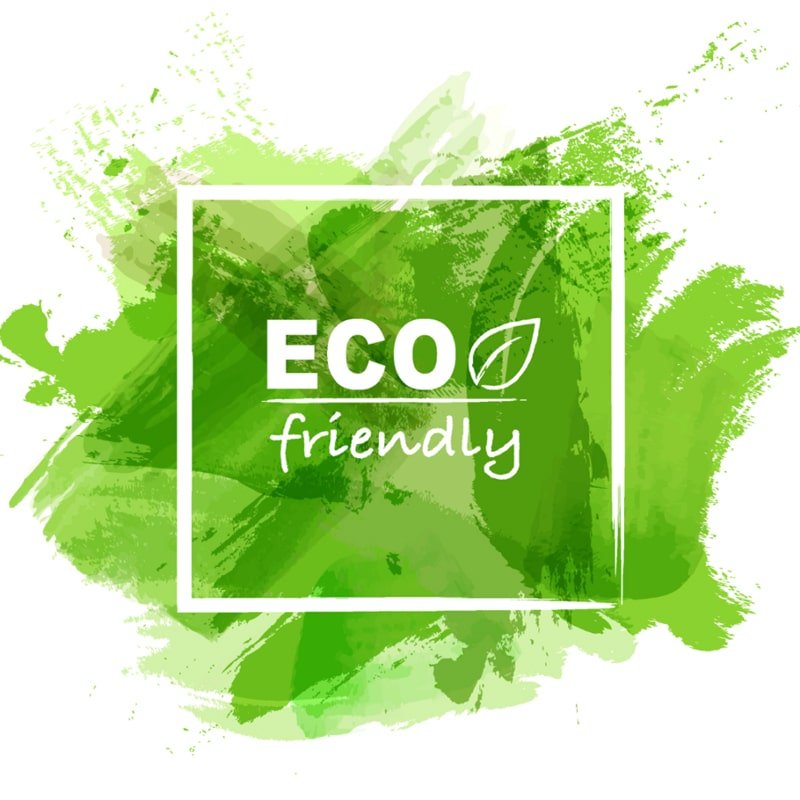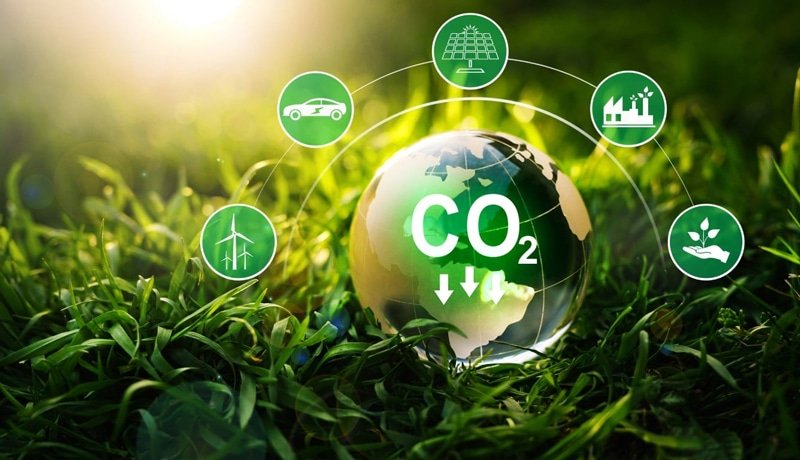Environmentally friendly fabrics cover an expansive definition, and it is therefore difficult to pin down their meaning precisely. They are generally considered low carbon and energy saving fabrics, natural and free of harmful substances as well as being recyclable fabrics.
Environmentally friendly fabrics can generally be divided into two categories: domestic and industrial fabrics.
Living environmental protection fabrics typically include RPET fabric, organic cotton, colored cotton, bamboo fibers, soybean protein fibers, hemp fibers, modal, organic wool and wood tencel fabrics – among others.

Industrial environmental protection fabrics are constructed of inorganic non-metallic materials such as PVC, polyester fiber and glass fiber as well as metal components to provide environmental protection, energy conservation and recycling in practical applications.
RPET fabric has become the latest environmental protection material, widely promoted as an eco-friendly recyclable material and utilized in textile production.
Recycled PET Fabric (RPET fabric) is an innovative new recycled environmentally friendly fabric, and takes its name from its raw material:
Recycled PET yarn made from PET bottles recycled during product inspection, separation, slicing, spinning, cooling and gathering processes. RPET fabric, commonly referred to as cola bottle environmental protection cloth, can be recycled and reused multiple times, saving energy, oil consumption and carbon emissions.

Every pound of recycled RPET fabric can save 61,000 BTU of energy – which equates to 21 pounds of CO2. After environmental dyeing and coating processes have been completed, rolling takes place, and fabric passes testing against international standards such as MTL, SGS and ITS for environmental indicators such as phthalates (6P), formaldehyde (6F), lead (Pb), polycyclic aromatic hydrocarbons nonylphenol and other indicators have reached European environmental protection standards and American environmental protection standards – having an immediate positive effect on reducing fossil energy exploitation as well as carbon emission pollution around the world. Promotion and adoption of environmentally friendly fabrics has had positive ramifications worldwide as it reduces both petroleum energy exploitation as well as carbon emissions pollution pollution globally.




